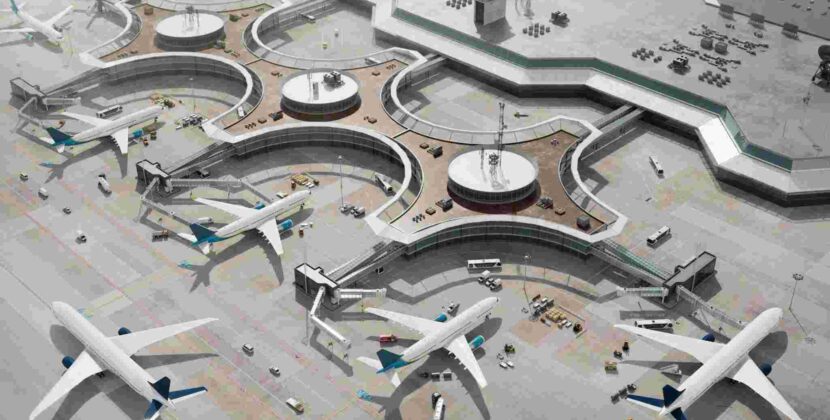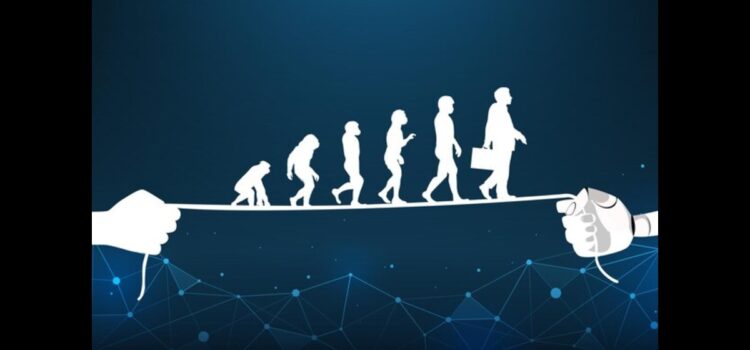
In the vast expanse of time, humanity has undergone an extraordinary transformation. From our humble origins as apes to our current position as spacefaring astronauts, the journey of human evolution is one of astounding triumphs, challenges, and advancements. Let’s embark on a captivating odyssey through the ages, exploring the remarkable events and milestones that have shaped our species.
Introduction of Human Evolution
The tale of human evolution is an epic narrative that spans millions of years. Our quest for knowledge, survival, and exploration has driven us forward, leaving an indelible mark on the history of our planet.
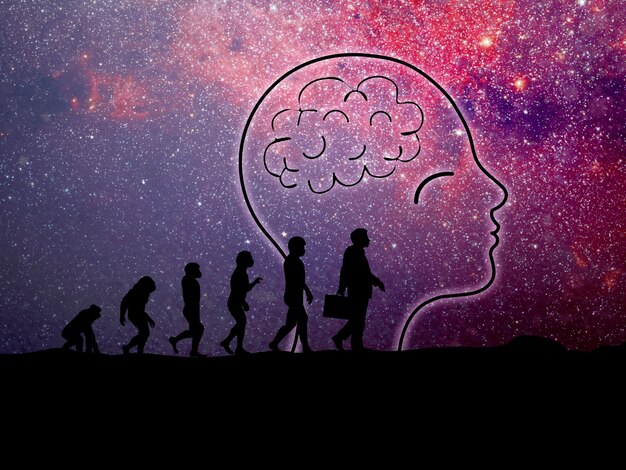
1. The Dawn of Humanity: Our Early Ancestors
1.1 The Hominin Family Tree
Delving into the past, we encounter our early ancestors, the hominins. With their first steps on two legs, they laid the foundation for the human species we are today. From Ardipithecus to Australopithecus, each species contributed to our evolutionary journey.
1.2 The Emergence of Homo sapiens
The emergence of Homo sapiens marked a pivotal moment in human history. Our capacity for abstract thinking, complex language, and cultural expression set us apart from other hominin species, paving the way for our dominance on Earth.
2. Advancements in Ancient Civilizations
2.1 Technological and Cultural Progress
As ancient civilizations flourished, we witnessed remarkable technological and cultural advancements. From the architectural wonders of the Egyptians to the mathematical genius of the Greeks, our ancestors showcased ingenuity and creativity.
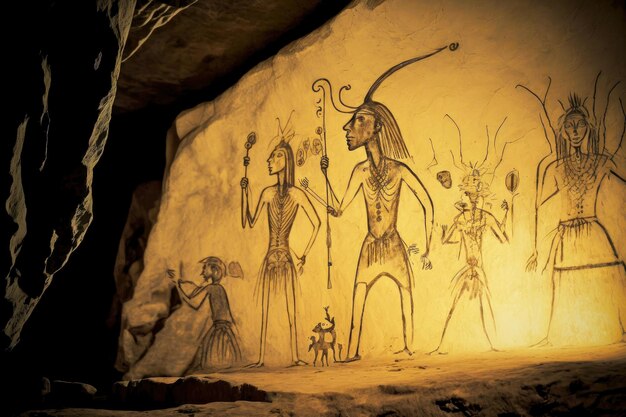
2.2 The Rise of Great Civilizations
The rise of civilizations like Rome and China laid the groundwork for the modern world. These societies contributed to the development of governance, trade, and cultural exchange, leaving a lasting impact on human civilization.
3. The Age of Exploration and Discovery
3.1 From Sailors to Space Explorers
The age of exploration saw intrepid sailors traverse uncharted waters, unveiling new lands and cultures. Their bravery paved the way for future generations to explore not only the Earth but also the cosmos.
3.2 Pioneering the Skies: The Wright Brothers and Beyond
With the invention of the airplane, humanity defied gravity and soared through the skies. The Wright brothers’ achievement heralded a new era of aviation, eventually leading to space travel.
4. The Space Age: Journey to the Stars
4.1 The Space Race: A Leap for Mankind
The space race between superpowers captivated the world’s attention. The launch of Sputnik and the Apollo 11 mission to the moon showcased the pinnacle of human innovation and ambition.
4.2 Astronauts: Heroes of Modern Exploration
Astronauts, brave pioneers of the cosmos, exemplify the best of humanity’s indomitable spirit. Their courage and scientific contributions have expanded our understanding of the universe.
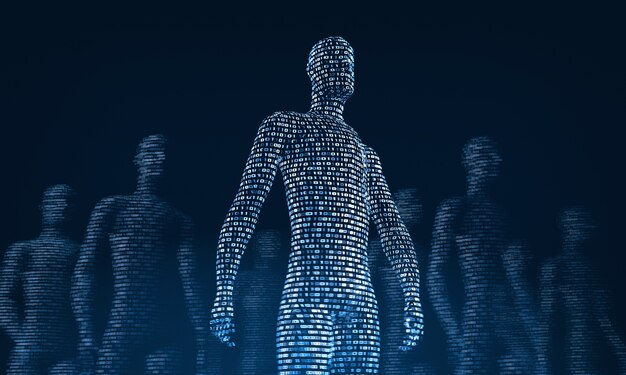
5. Evolution of Technology: From Computers to AI
5.1 The Digital Revolution: Computers and the Internet
The digital revolution revolutionized the way we live, work, and communicate. The advent of computers and the internet ushered in an era of unparalleled connectivity and information exchange.
5.2 Artificial Intelligence: The Future Frontier
Artificial Intelligence (AI) holds the promise of transforming the world further. From self-driving cars to medical breakthroughs, AI is set to shape the future of human evolution.
6. Human Evolution in the Future
6.1 Genetic Engineering and Biotechnology
Advancements in genetic engineering and biotechnology raise profound ethical and scientific questions. As we unlock the secrets of our DNA, we face both opportunities and challenges in shaping future generations.
6.2 Colonizing Other Planets: Interstellar Dreams
The dream of colonizing other planets is no longer confined to science fiction. With technological progress, the possibility of establishing human settlements on other celestial bodies becomes increasingly plausible.
7. Hominin Family Tree:
The hominin family tree represents the lineage of species that are closely related to modern humans. It includes species like Australopithecus, Homo habilis, Homo erectus, Neanderthals, and others. These species share common ancestors and have evolved over millions of years. For example, Homo habilis is considered one of our early ancestors, and its discovery provided vital evidence for human evolution.
8. Australopithecus Afarensis – “Lucy”
Australopithecus afarensis is an extinct hominin species known for its significant impact on our understanding of early human locomotion. The famous fossil “Lucy” is one of the most well-preserved specimens of this species. Lucy’s fossilized bones revealed that Australopithecus afarensis walked upright on two legs, an essential step in the evolution towards modern humans. Human evolution
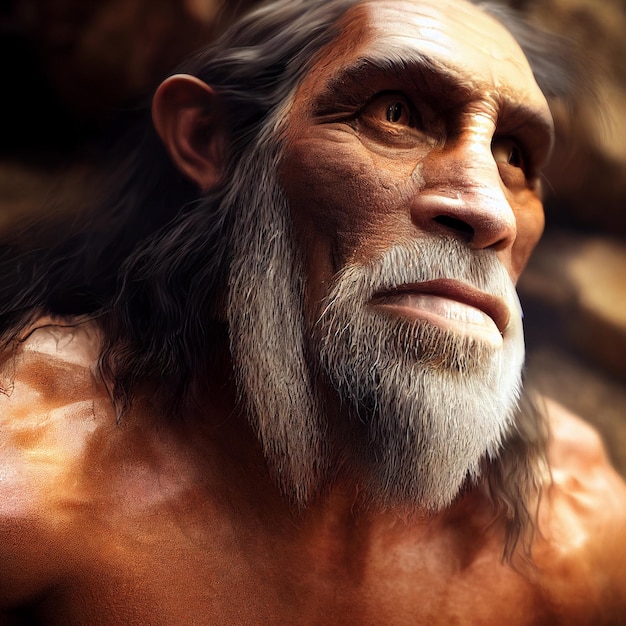
9. Homo habilis – The Handyman
Homo habilis, which means “handy man,” was one of the earliest known toolmakers. This species used stone tools for various purposes, such as cutting meat and breaking open bones to access nutritious marrow. The ability to create and use tools was a crucial advancement in human evolution, leading to improved efficiency in obtaining food and resources. Human evolution
10. Fire and Cooking
The control and use of fire by early humans around 1.9 million years ago had a profound impact on our evolution. The ability to make and control fire provided warmth, protection from predators, and extended daylight hours. Additionally, cooking food over fire improved its digestibility and nutritional value, leading to increased brain size and cognitive development.
11. Expansion out of Africa
Homo sapiens originated in Africa, and around 70,000 years ago, they began migrating out of the continent and populating other parts of the world. This migration marked a significant milestone in human history and eventually led to the peopling of diverse regions across the globe.
12. Neanderthal Interbreeding
Genetic evidence indicates that early humans and Neanderthals interbred during their coexistence in Europe and Asia. As a result, modern non-African populations carry traces of Neanderthal DNA in their genomes. This interbreeding highlights the complex interactions between different hominin species in the past.
13. Homo Floresiensis – The “Hobbit”
The discovery of Homo floresiensis on the Indonesian island of Flores was a surprising find in human evolution. This species, nicknamed the “Hobbit” due to its small stature, lived around 100,000 to 60,000 years ago. The existence of Homo floresiensis challenged our understanding of human diversity and evolution.
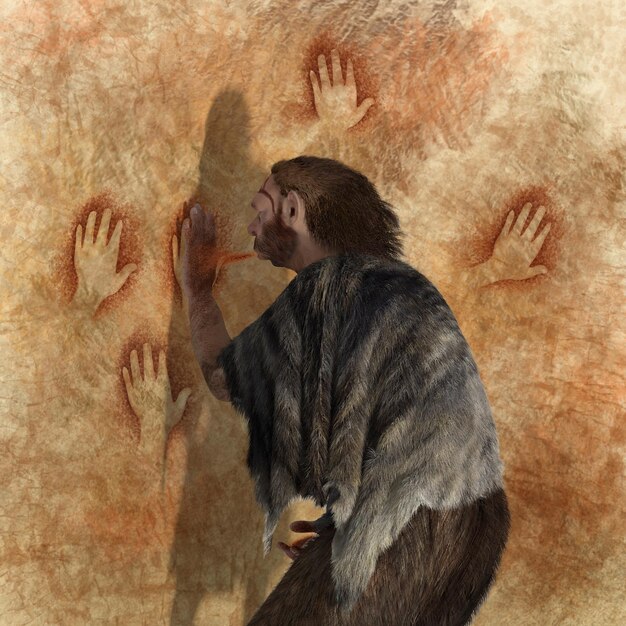
14. Language Development
The evolution of language was a crucial milestone in human cognitive development. Language allowed early humans to communicate complex ideas, share knowledge, and form social bonds. For example, cave paintings and ancient writings are evidence of early human expression and communication through symbols and language.
15. Cognitive Revolution
Around 70,000 years ago, a cognitive revolution occurred in human history. This period saw a significant leap in human behavior, including the development of sophisticated tools, art, and cultural practices. An example of this cognitive revolution is the emergence of cave art in various parts of the world, showcasing early humans’ symbolic thinking and creativity.
Conclusion
The evolution of humans is an ongoing saga of adaptability, ingenuity, and perseverance. From our ancient ancestors to our modern achievements, we have proven to be a species capable of greatness. As we step boldly into the future, the story of human evolution continues, fueled by our insatiable curiosity and the desire to reach for the stars.
FAQs
- What is the earliest evidence of human evolution?
The earliest evidence of human evolution dates back millions of years to our hominin ancestors, such as Ardipithecus and Australopithecus.
- What is the significance of the Space Age?
The Space Age represented a monumental leap for mankind, pushing the boundaries of exploration and technology.
- Will AI replace human jobs?
While AI may automate certain tasks, it is also expected to create new job opportunities and drive innovation.
- Can we live on other planets?
The possibility of human colonization on other planets is being actively explored, with Mars being a potential candidate.
- How has genetic engineering changed medicine?
Genetic engineering has paved the way for personalized medicine and gene therapies, offering potential treatments for various diseases.



